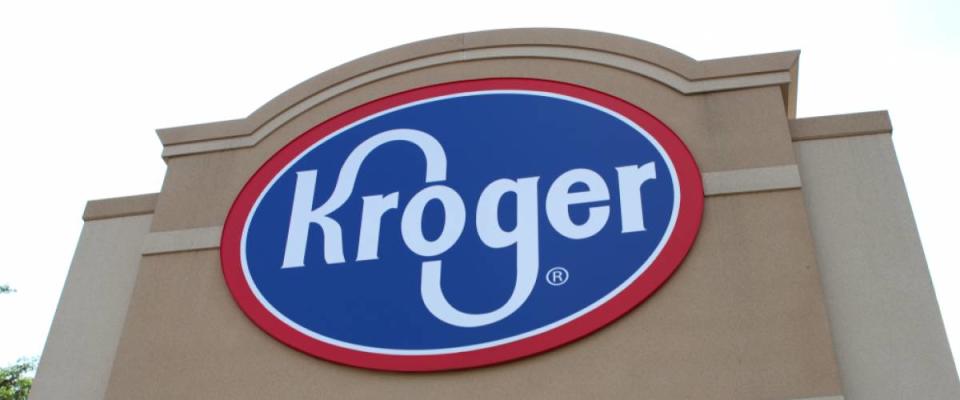China's property bubble just got pricked — this could mean trouble for the stock market

New home prices in China slid 0.8% in September.
It was the country’s first real estate decline in six years, triggered largely by the Evergrande fiasco. Residential sales, meanwhile, tumbled 17%.
Given China’s massive role in global trade, its problems could easily extend to the U.S. economy and spark something worse than inflation: stagflation.
Stagflation refers to an economy that’s experiencing high inflation, but without the robust economic growth that usually comes with it.
It’s the perfect storm of bad economic data.
“We were sort of one supply chain glitch away from stagflation,” says economist and Asia expert Stephen Roach in reference to China’s several economic issues.
But here’s some good news: Even in a period of stagflation, a handful of sectors can still make you money.
Let’s take a quick look at three of them. These safe-havens could be a smart way to hedge your portfolio with a few digital nickels and dimes.
Utilities

Utilities tend to have the ability to withstand any type of economic shock.
Whether boom or bust, people will still need to heat their homes in the winter and turn the lights on at night.
The business also has high barriers to entry.
It’s extremely costly to build the infrastructure required to distribute gas, water, or electricity. Plus the industry is highly regulated by the government.
As a result, utility companies usually operate as monopolies or oligopolies in their respective operating regions.
And due to the recurring nature of the business, the sector is known for providing reliable dividends to shareholders.
The best part? Utility companies like Consolidated Edison, American Water Works, and NextEra Energy have been increasing dividends year after year.
And these days, you can use spare pennies to gain access to those quarterly income checks.
Technology

Technology is a volatile sector, but it’s also at the top of the list when it comes to growth — something your portfolio needs when trying to battle against stagflation.
Even already established mega-cap tech companies are delivering faster growth rates than most other sectors.
For instance, Apple reported $81.4 billion of revenue for the June quarter, representing a 36% increase year over year. Microsoft earned $46.2 billion on the top line, up 21% from the year-ago period. And Amazon’s revenue surged 27% year over year in Q2 to $113.1 billion.
Of course, these fast-growing mega-cap tech plays have been highly sought-after for years.
Amazon, for instance, trades at over $3,300 a piece. But you don’t have to buy a full share of Amazon. Popular investing apps allow you to build a diversified tech portfolio using “slices of shares” with as much money as you’re willing to spend.
Food

Finally, we have the food industry, which includes grocery stores, food distribution companies, and food producers.
No matter where we are in the economic cycle, people still need to eat.
Case in point: While the COVID-19 pandemic has presented serious challenges for numerous businesses, supermarket giant Kroger has continued to thrive.
Kroger shares have returned more than 20% over the past 12 months.
Then there’s Pepsico, which has 23 brands that each generate more than $1 billion in estimated annual retail sales. Sure, inflation could drive up costs, but management plans to take “good, strong price increases” to counteract those pressures.
In the food industry, higher costs are usually passed on to consumers.
Build a smarter portfolio
Investing in this rapidly changing world can seem daunting.
Not everyone is willing to put their entire life savings in the stock market at all-time highs.
The good news? You don’t have to go all-in with investing. In fact, you don’t even have to tap into your savings.
By using the leftover change from your everyday purchases, some apps give you access to smart portfolios designed by experts that adjust automatically as your money grows.
Remember: Even if you generate $2.50 worth of spare change per day, that adds up to $900 a year just from making your regular purchases — and that’s before those spare pennies earn money in the market.
This article provides information only and should not be construed as advice. It is provided without warranty of any kind.

 Yahoo Finance
Yahoo Finance 